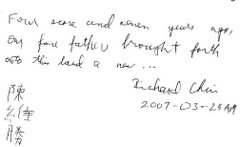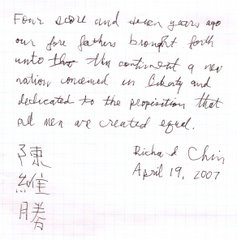Borrowing a biological cut-and-paste trick from bacteria, scientists have created the first personalized stem cells for patients that are free of the cancer-causing viruses and genes needed to make them, according to a study to be published today in the journal Cell.
The stem cells, derived from skin samples provided by five patients with Parkinson's disease, were first transformed into the undecided state of cells in an early embryo. Then, they were used to make the dopamine-manufacturing neurons that are lost to disease.
The technique removes a key barrier to using a special class of stem cells called an induced pluripotent stem cell, or iPS cell, to create replacement parts for patients that could be transplanted without any risk of rejection — the ultimate goal of regenerative medicine.
"This is a major advance in the field," said Dr. Marius Wernig, an assistant professor at the Stanford Institute for Stem Cell Biology and Regenerative Medicine, who wasn't involved with the study.
The reprogramming of skin cells into iPS cells, which have the potential to become any kind of cell in the body, is one of the hottest areas of biological research. The cells seem to offer all the benefits of embryonic stem cells without any of the ethical drawbacks. They are also ideally suited to making genetically matched tissues for patients, such as insulin-secreting islet cells for people with diabetes or brain tissue to treat stroke victims.
The reprogramming process requires that scientists turn on a handful of genes that are active during early embryonic development but dormant in normal skin cells. Most researchers rely on infecting the cells with viruses to do this job. But these viruses may also lead to cancer, as can some of the genes used for the reprogramming job.
Dr. Rudolf Jaenisch, a stem cell researcher at the Massachusetts Institute of Technology and the Whitehead Institute for Biomedical Research in Cambridge, Mass., and his colleagues found a way to remove the viruses and genes once their work was done.
They engineered three viruses that contained the reprogramming genes — known as Klf, Sox2 and Oct4 — flanked by pieces of DNA called loxP sequences. After the skin cells were transformed into colonies of iPS cells, the scientists activated a protein that snipped out everything between the loxP sequences.
The technique is commonly used to modify the DNA in cells, and Jaenisch decided to try it with iPS cells.
"We borrowed it from bacteria," said Jaenisch, the study's senior author. "Bacteria need it for certain genetic manipulations."



No comments:
Post a Comment